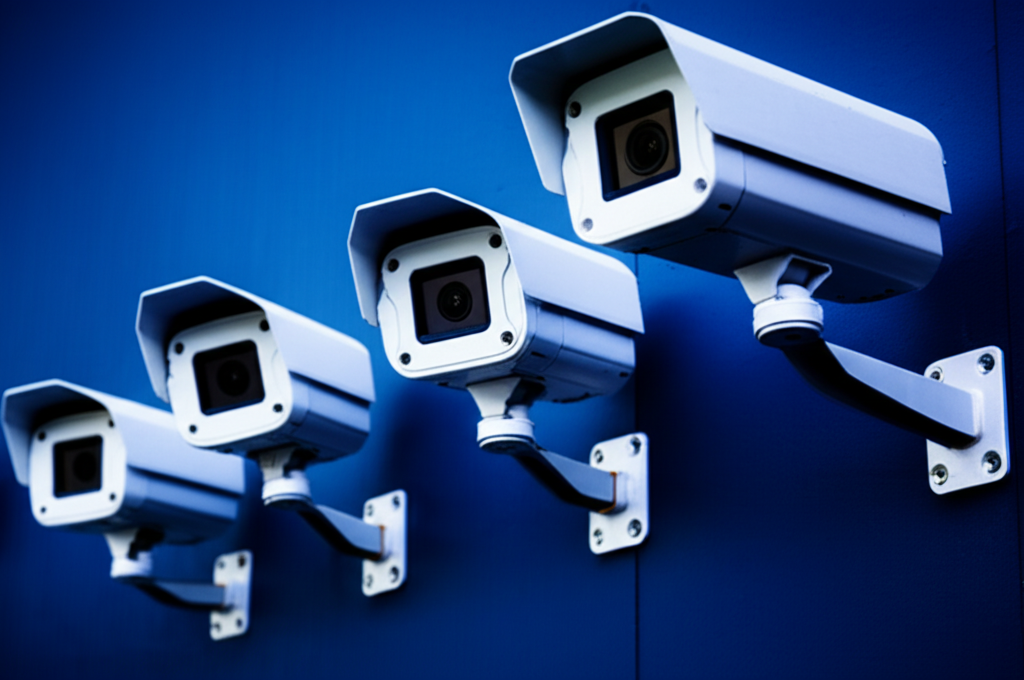THE AI REVOLUTION AND THE CHALLENGES TO BRING IT TO COURT
The most significant evolution in forensic video analysis has come with the integration of artificial intelligence and machine learning. These technologies have fundamentally changed what's possible in video analysis, offering powerful tools for investigation. However, with these advancements come crucial challenges, particularly concerning the admissibility of AI-derived evidence in a courtroom.

Automated Analysis
AI has also enabled automated analysis capabilities that can assist human analysts:
- Automatic object detection and tracking
- Facial recognition and comparison algorithms
- Behavioural pattern analysis
- Anomaly detection in video sequences
- Automated timeline generation
Challenges and Considerations: The Road to Courtroom Admissibility
While AI has brought tremendous benefits, it has also introduced new challenges that forensic analysts and the legal system must navigate, especially when it comes to presenting AI-derived evidence in court. The path to admissibility is not straightforward and requires careful consideration of the following:
Key Challenges
- Transparency and "Black Box" Problem - Many advanced AI algorithms, particularly deep learning models, operate as "black boxes." It can be difficult, if not impossible, to fully understand or explain how the AI arrived at a particular conclusion or enhancement. In a courtroom setting, the ability to explain the methodology and demonstrate its scientific validity is paramount. Juries and judges often require a clear understanding of the evidence presented.
- Reliability and Validation - For AI tools to be admissible, their reliability must be rigorously proven. This requires extensive validation studies demonstrating that the AI consistently produces accurate and reproducible results across various conditions and datasets. The lack of standardised validation protocols and independent testing for all AI forensic tools can be a significant hurdle.
- Bias and Fairness - AI models are trained on data, and if this data contains biases (e.g., in facial recognition datasets, or in how certain actions are labelled), the AI may perpetuate or even amplify those biases. This can lead to inaccurate or discriminatory outcomes, raising serious concerns about fairness and due process if such evidence is used in court.
- Human Oversight and Interpretation - While AI can automate tasks, human expertise remains critical. AI should be viewed as a tool to assist, not replace, human analysts. Forensic experts must still interpret the AI's output, understand its limitations, and be able to articulate how the AI was used and its impact on the evidence. Without proper human oversight and a clear chain of analysis, the AI's output might be challenged.
- The Daubert and Frye Standards - The admissibility of scientific evidence in many jurisdictions is governed by standards like Daubert (in U.S. federal courts and many state courts) or Frye (in others). These standards require evidence to be based on reliable scientific methodology, generally accepted in the relevant scientific community, and capable of testing. Demonstrating that complex AI models meet these criteria can be a significant legal and technical challenge.
- Novelty and Precedent - AI in forensics is still relatively new, and there is a limited body of legal precedent specifically addressing its admissibility. Each case that introduces AI-derived evidence contributes to the evolving legal landscape, and courts may exercise caution until more established guidelines and precedents are in place.
- Ethical Considerations - Beyond legal admissibility, there are broader ethical considerations regarding the use of AI in criminal justice. These include concerns about privacy, surveillance, the potential for misuse, and the impact on civil liberties.
Conclusion
In conclusion, the integration of AI into forensic video analysis offers unprecedented capabilities, promising to make investigations more efficient and effective. However, the legal system's rigorous demands for reliable, transparent, and unbiased evidence mean that the journey from AI-powered insights to admissible courtroom evidence is complex. Ongoing research, robust validation, clear legal frameworks, and a commitment to ethical deployment will be crucial in ensuring that the benefits of AI can be fully realised within the bounds of justice.
About the Author
Forensic Video consists of qualified forensic video analysts with extensive experience. Our experts have testified in numerous cases and are committed to maintaining the highest standards of forensic practice.
Share this article
Help others discover this content